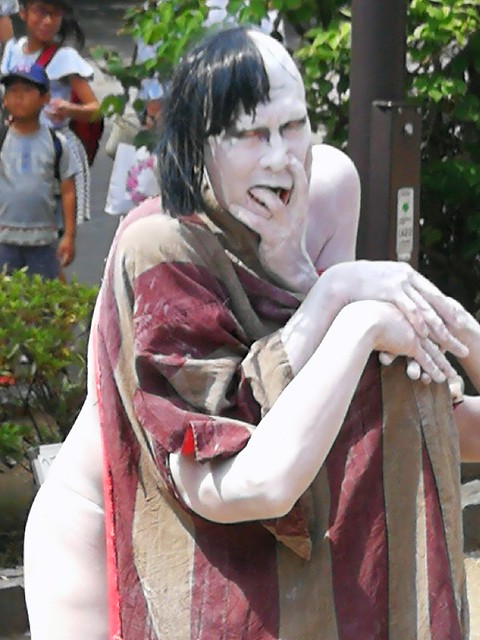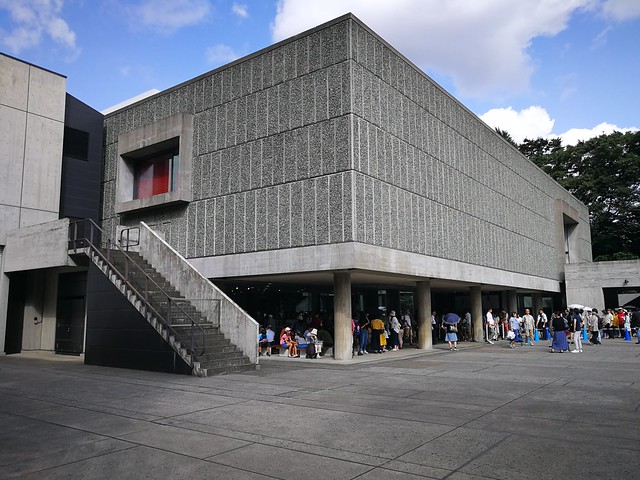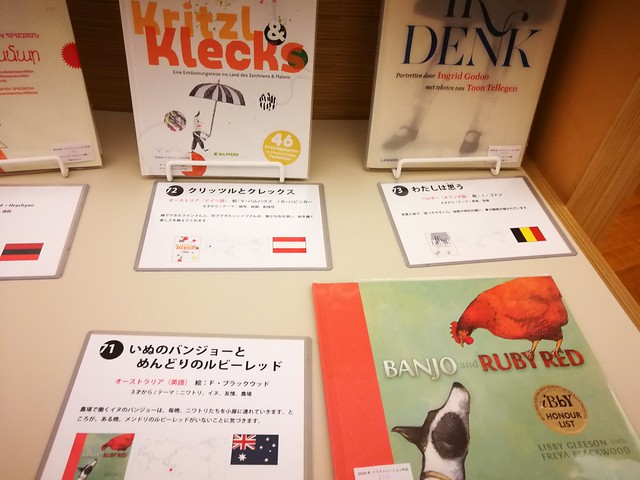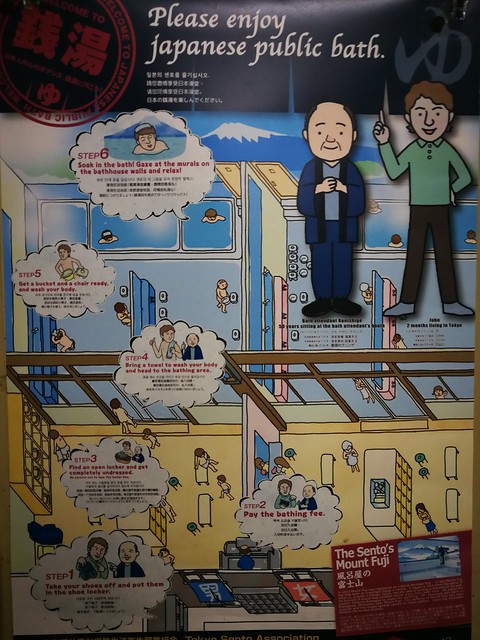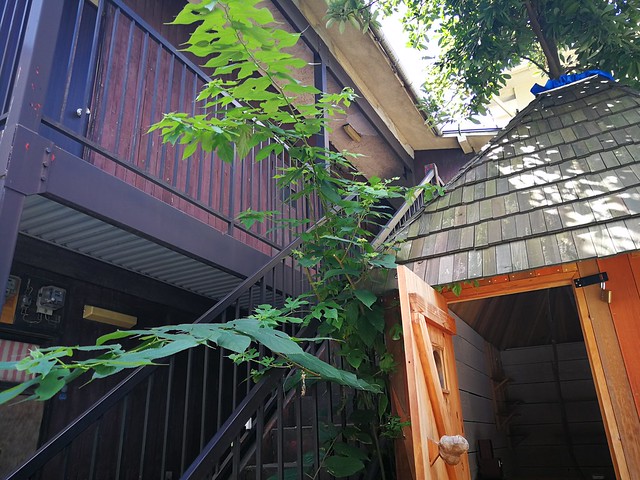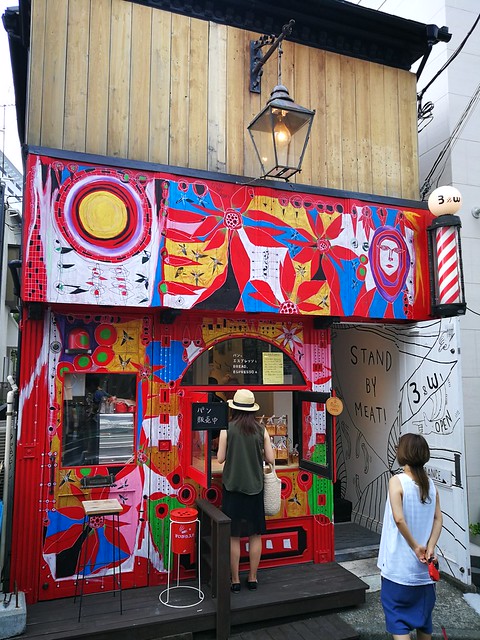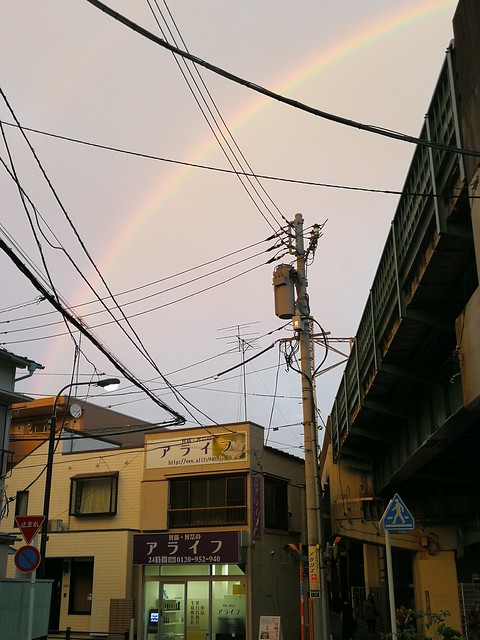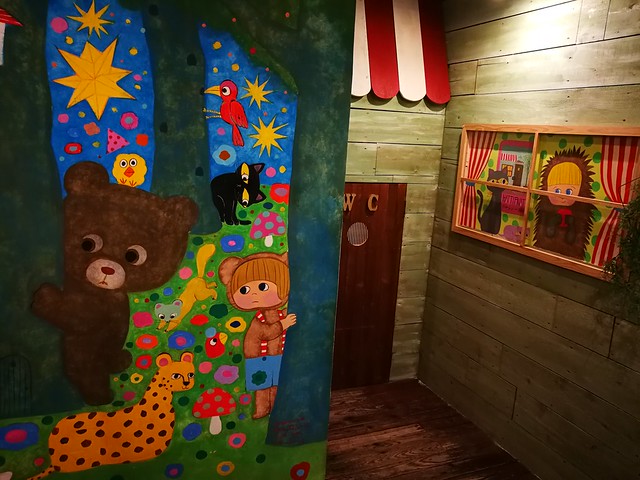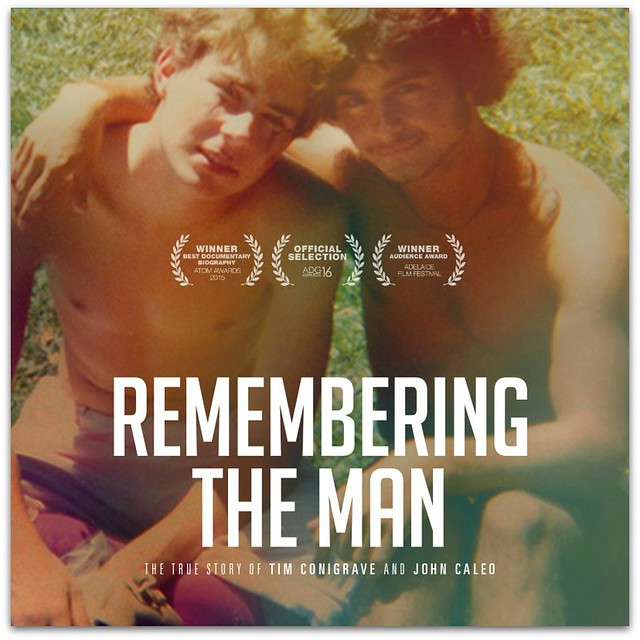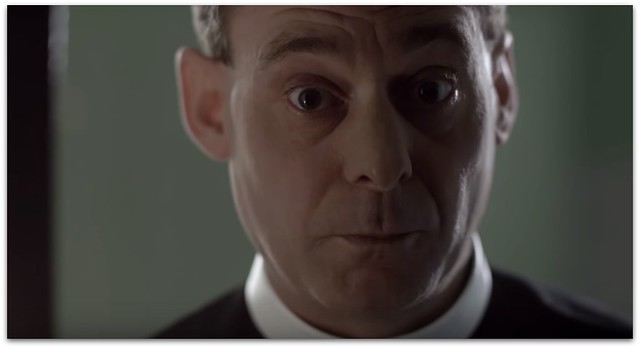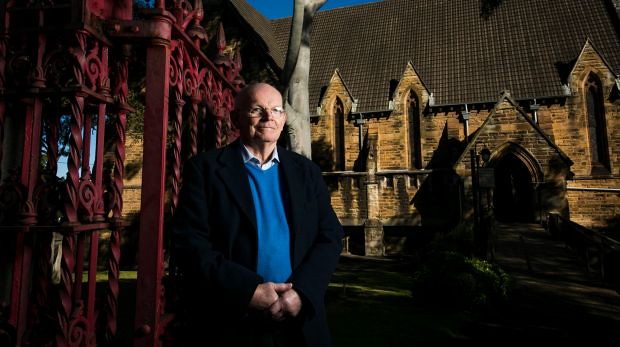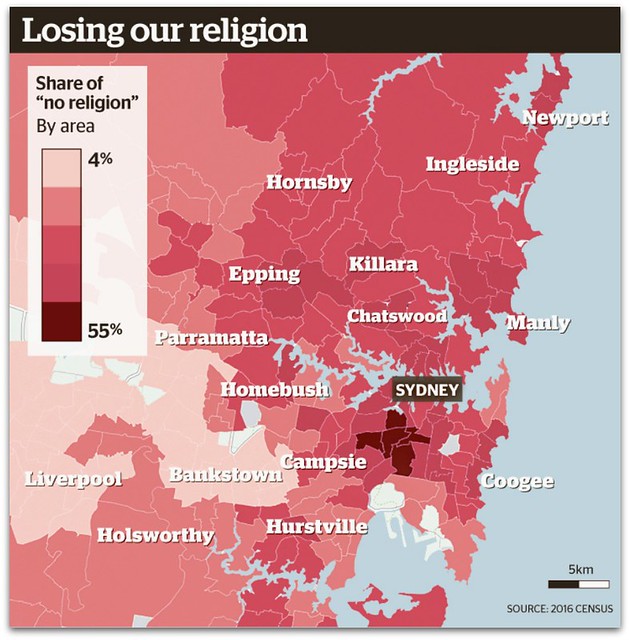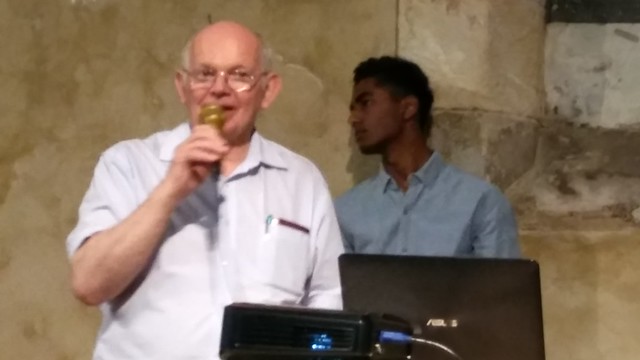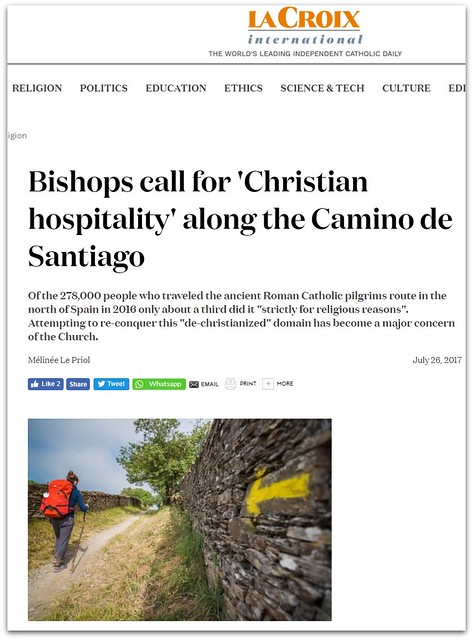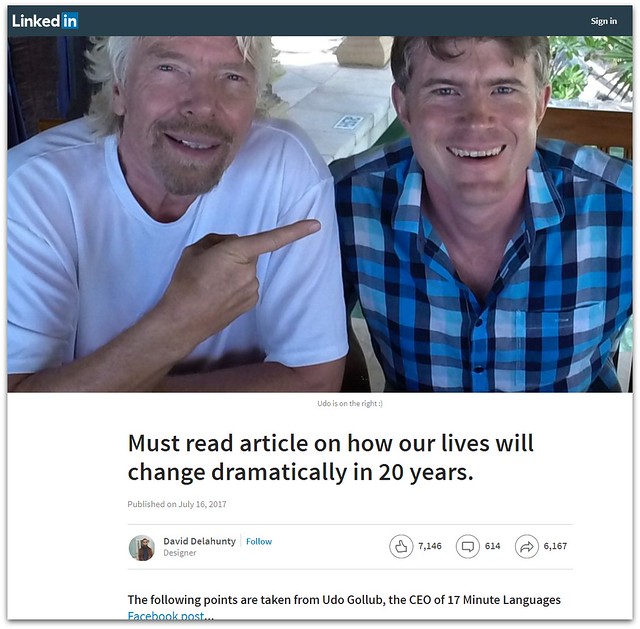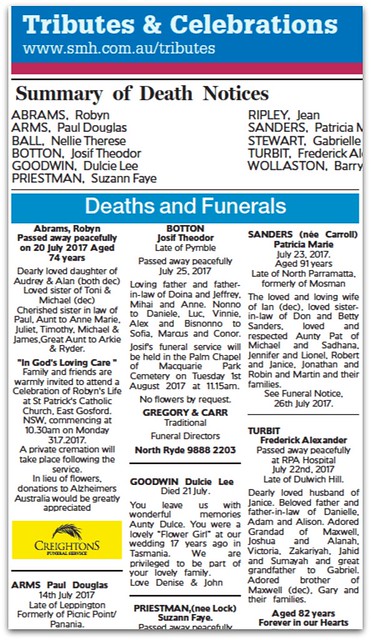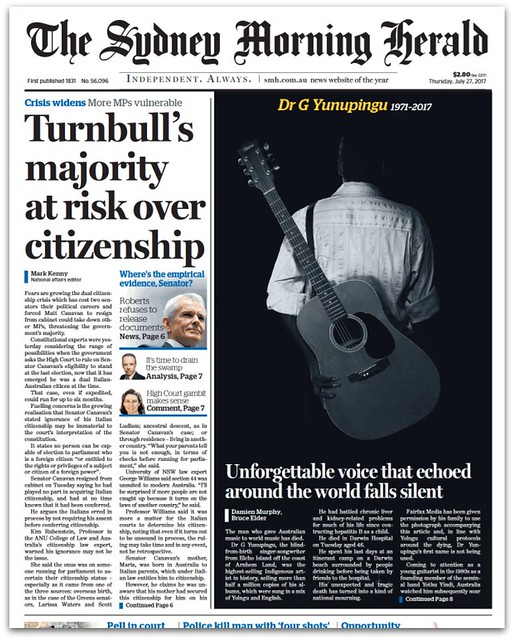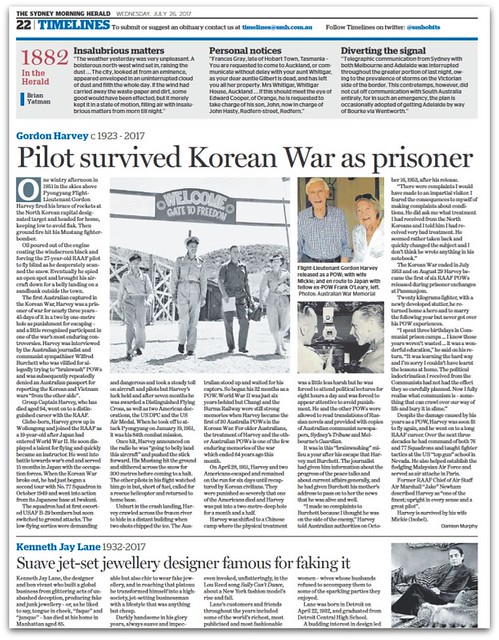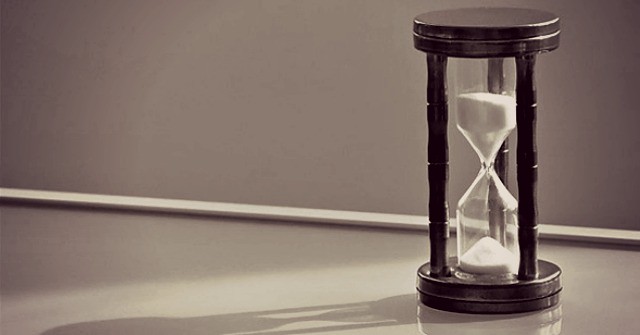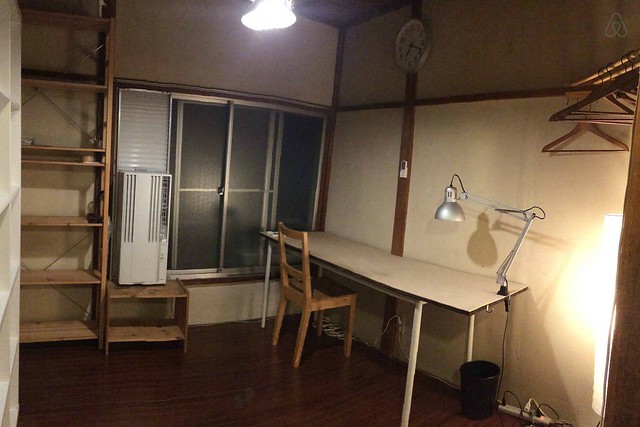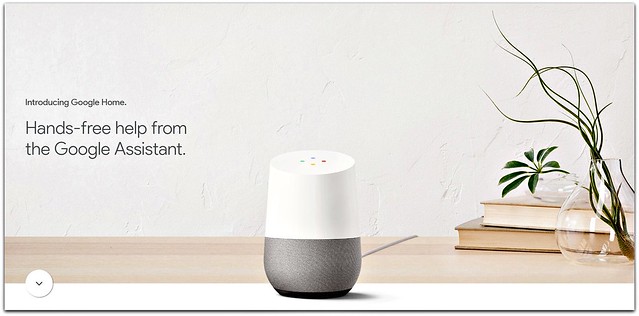On Sunday I went to Ueno Park, a sprawling green area that is home to major cultural institutions and a recreational ground that attracts many Tokyo locals and tourists. It's Japan's most popular city park.
I could go back there again and again. In fact I was there during my very brief visit to Tokyo last October, and unintentionally I happened to walk through again on Monday. There's a zoo, performance artists, outdoor sculptures, cherry blossoms if you're there in April, as well as art galleries and museums.
I was in the mood for walking around the park, which is why I did not join queues to get into any of the museums. The one I would have most liked to visit was the National Museum of Western Art because of its listing as a UN World Heritage Site in recognition of its architect Le Corbusier's contribution to the modernist movement.
The cultural institution I did enter was the International Library of Children's Literature, where I particularly enjoyed browsing through children's story books from around the world.
On Monday it was Akihabara, which Lonely Planet describes as 'the belly of the pop culture beast' and the centre of Tokyo's otaku (geek) culture. I was looking for something more uplifting than the usual retail madness but that was not really what I found.
One of Akihabara's attractions is the maid cafés, an aspect of pop culture I'd never heard of and was not particularly attracted to. Waitresses dressed in maid costumes act as servants, and treat customers as if they were masters (and mistresses) in a private home, rather than as café patrons.
I walked in, sat down, looked at the menu and interacted with two maids before deciding it wasn't for me and leaving. With western eyes, we might wonder about the gender stereotypes - or perhaps even BDSM subculture - at play, but that somehow didn't seem relevant here.
I think it was just another aspect of the foreignness of the Japanese way that we find difficult to penetrate. Perhaps it's just their equivalent of theatrical or burlesque playfulness in the to and fro between performance artists and patrons. In fact I did have my own interaction with a maid soliciting patrons outside a cafe. When I attempted to take a photo of her, she ran away to hide in a corner and motioned as if I'd made her cry.
The rain intensified on Tuesday, so I was looking for an undercover activity. I visited a state of the art onsen - Utsukushi no Yu - which is located at Taikado, a couple of suburbs away from my room.
Because I am living in simple older-style Japanese accommodation, there is no bathroom. It is assumed that I will go to the public bath - or sento - which I have been doing. A sento is a simple neighbourhood facility that uses ordinary hot water, while an onsen has hot water from thermal springs and is usually much more luxurious.
The local sentos can be disappointing as many of them are rundown and purely functional. The emphasis is on washing rather than replenishing the body. It's different at the onsen, which I found much more relaxing, even though it was the late afternoon peak. There were young fathers nurturing their toddler sons in the ritual, which I'd thought had been lost on the younger generation in the age of home bathrooms.
